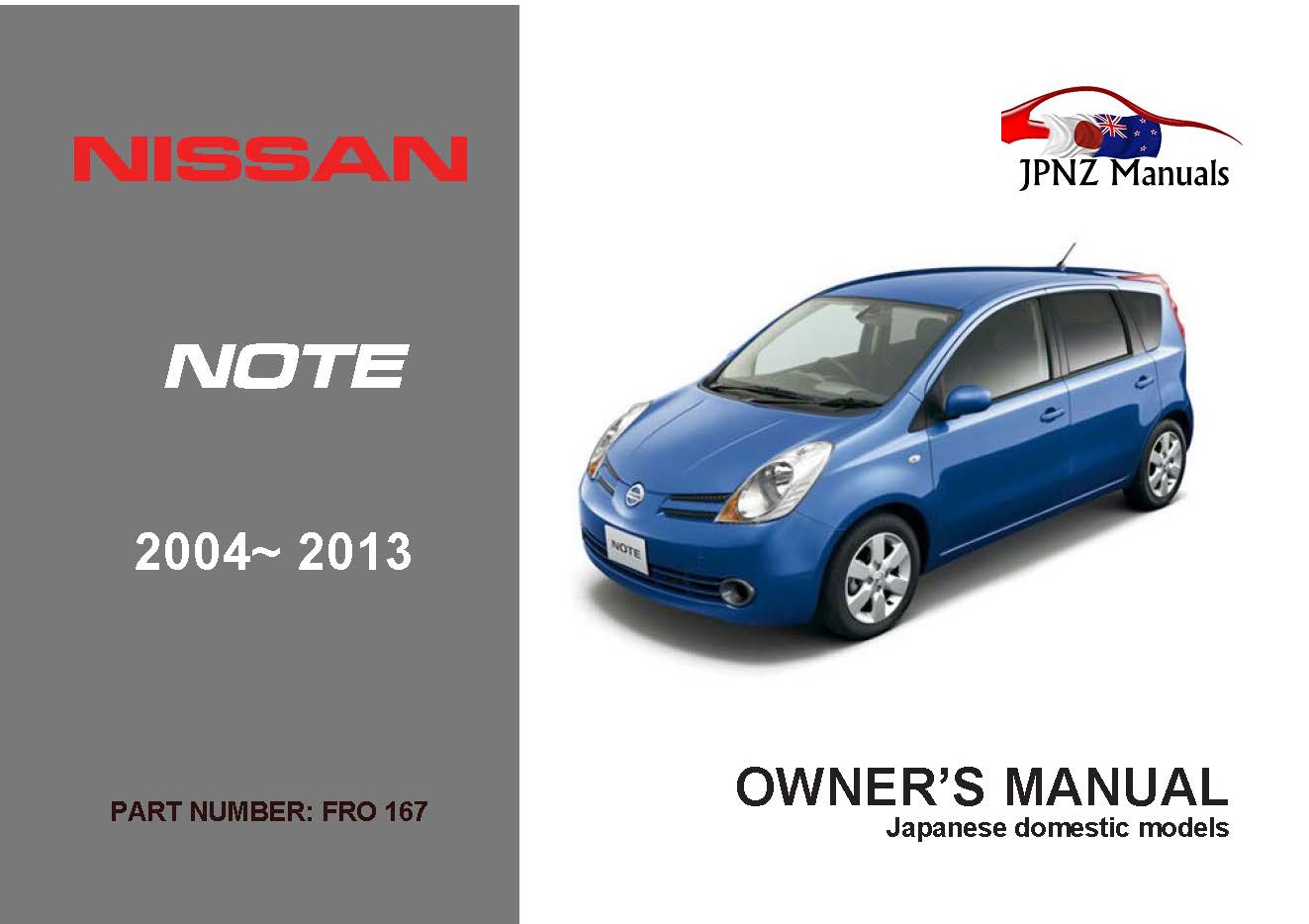
Nissan Note E11 Service Manual 2016
Upgrade mac mini 2011 to catalina.
INSTANT DOWNLOAD (add to cart)

Complete digital official shop manual contains service, maintenance, and troubleshooting information for the Nissan Note/Versa Note (E11, E12 Series) 2006-2016. Diagnostic and repair procedures are covered in great detail to repair, maintain, rebuild, refurbish or restore your vehicle like a professional mechanic in local service/repair workshop. This cost-effective quality manual is 100% complete and intact as should be without any missing pages. It is the same factory shop manual used by dealers that guaranteed to be fully functional to save your precious time.
- Parts list catalogue manual → View webpages ( download→pdf→url ). ☆☆ Best ☆☆ 2006 Nissan Note Service Repair Manual Download Now; NISSAN. Parts list catalogue manual → View webpages ( download→pdf→url ) Download Now.
- 2006 Nissan Note Model E11 Series Electronic Service Manual. Nissan Note Model E12 Series Service Manual PDF. Nissan - Note - Owners Manual - 2015 - 2015.
This manual for Nissan Note/Versa Note (E11, E12 Series) 2006-2016 is divided into different sections. Each section covers a specific component or system and, in addition to the standard service procedures, includes disassembling, inspecting, and assembling instructions. A table of contents is placed at the beginning of each section. Pages are easily found by category, and each page is expandable for great detail. It is in the cross-platform PDF document format so that it works like a charm on all kinds of devices. You do not need to be skilled with a computer to use the manual.
Nissan Note Model E11 Series Service Manual

Nissan-note-e11-series-service-manual-pdf
EXCERPT:
HORN
REMOVAL AND INSTALLATION
HORN
Exploded View
REMOVAL
1. Remove front grille. Refer to EXT-32, “Removal and Installation”.
2. Disconnect the harness connectors from the horn.
3. Remove horn nut and the horn.
INSTALLATION
Installation is in the reverse order of removal.

Nissan Note (Model E11 Series) Service & Repair Manual 2006 (4,500+ pages PDF, 121mb, nonscanned) BRIEF INTRO: Complete digital service and repair manual written for the Nissan Note; Production.
SECTION GWA
GLASS & WINDOW SYSTEM
SQUEAK AND RATTLE TROUBLE DIAGNOSES
Work Flow
CUSTOMER INTERVIEW
Interview the customer if possible, to determine the conditions that exist when the noise occurs. Use the Diagnostic
Worksheet during the interview to document the facts and conditions when the noise occurs and any customer’s comments; refer to GW-9, “Diagnostic Worksheet”. This information is necessary to duplicate the conditions that exist when the noise occurs.
• The customer may not be able to provide a detailed description or the location of the noise. Attempt to obtain all the facts and conditions that exist when the noise occurs (or does not occur).
• If there is more than one noise in the vehicle, be sure to diagnose and repair the noise that the customer is concerned about. This can be accomplished by test driving the vehicle with the customer.
• After identifying the type of noise, isolate the noise in terms of its characteristics. The noise characteristics
are provided so the customer, service adviser and technician are all speaking the same language when defining the noise.
• Squeak —(Like tennis shoes on a clean floor)
Squeak characteristics include the light contact/fast movement/brought on by road conditions/hard surfaces = higher pitch noise/softer surfaces = lower pitch noises/edge to surface = chirping.
• Creak—(Like walking on an old wooden floor)
Creak characteristics include firm contact/slow movement/twisting with a rotational movement/pitch dependent on materials/often brought on by activity.
• Rattle—(Like shaking a baby rattle)
Rattle characteristics include the fast repeated contact/vibration or similar movement/loose parts/missing clip or fastener/incorrect clearance.
• Knock —(Like a knock on a door)
Knock characteristics include hollow sounding/sometimes repeating/often brought on by driver action.
• Tick—(Like a clock second hand)
Tick characteristics include gentle contacting of light materials/loose components/can be caused by driver action or road conditions.
• Thump—(Heavy, muffled knock noise)
Thump characteristics include softer knock/dead sound often brought on by activity.
• Buzz—(Like a bumble bee)
Buzz characteristics include high frequency rattle/firm contact.
• Often the degree of acceptable noise level will vary depending upon the person. A noise that you may judge as acceptable may be very irritating to the customer.
• Weather conditions, especially humidity and temperature, may have a great effect on noise level.
DUPLICATE THE NOISE AND TEST DRIVE
…
